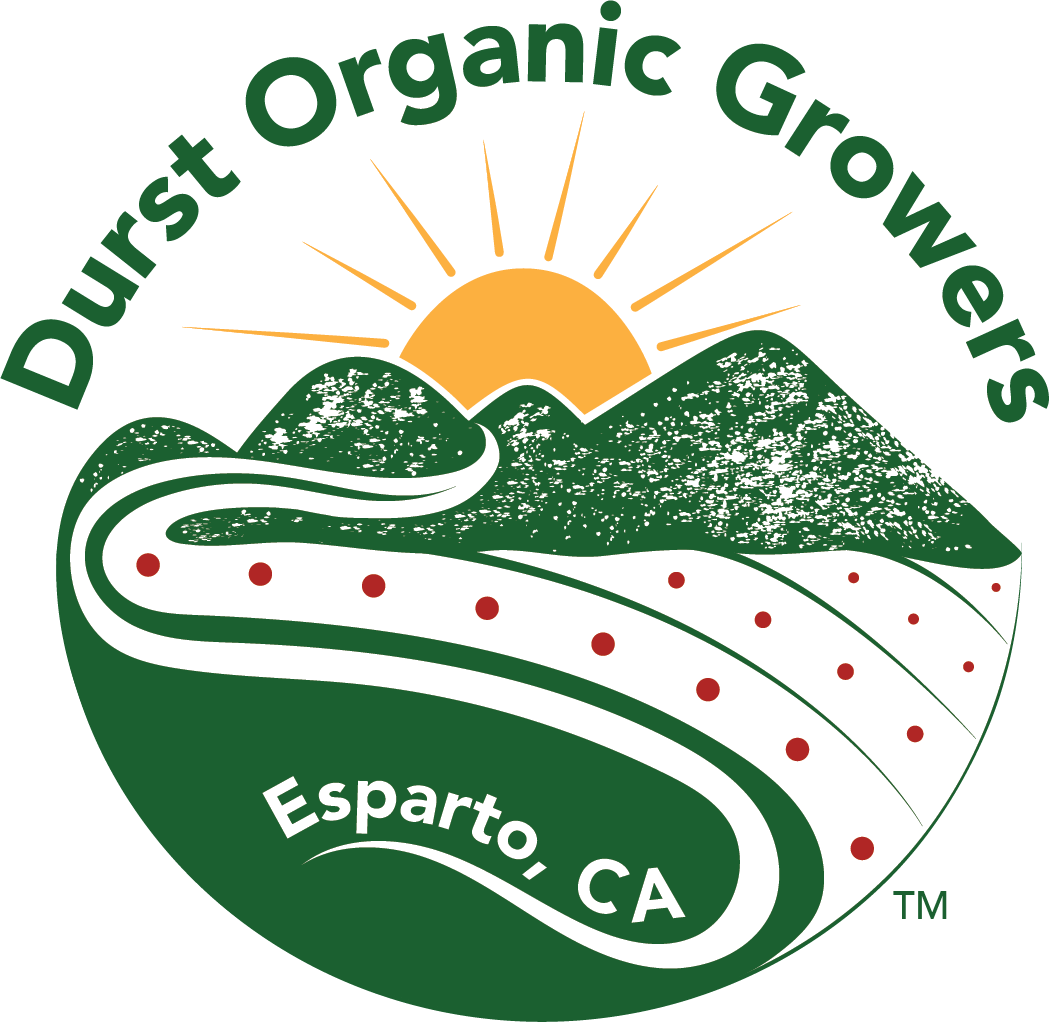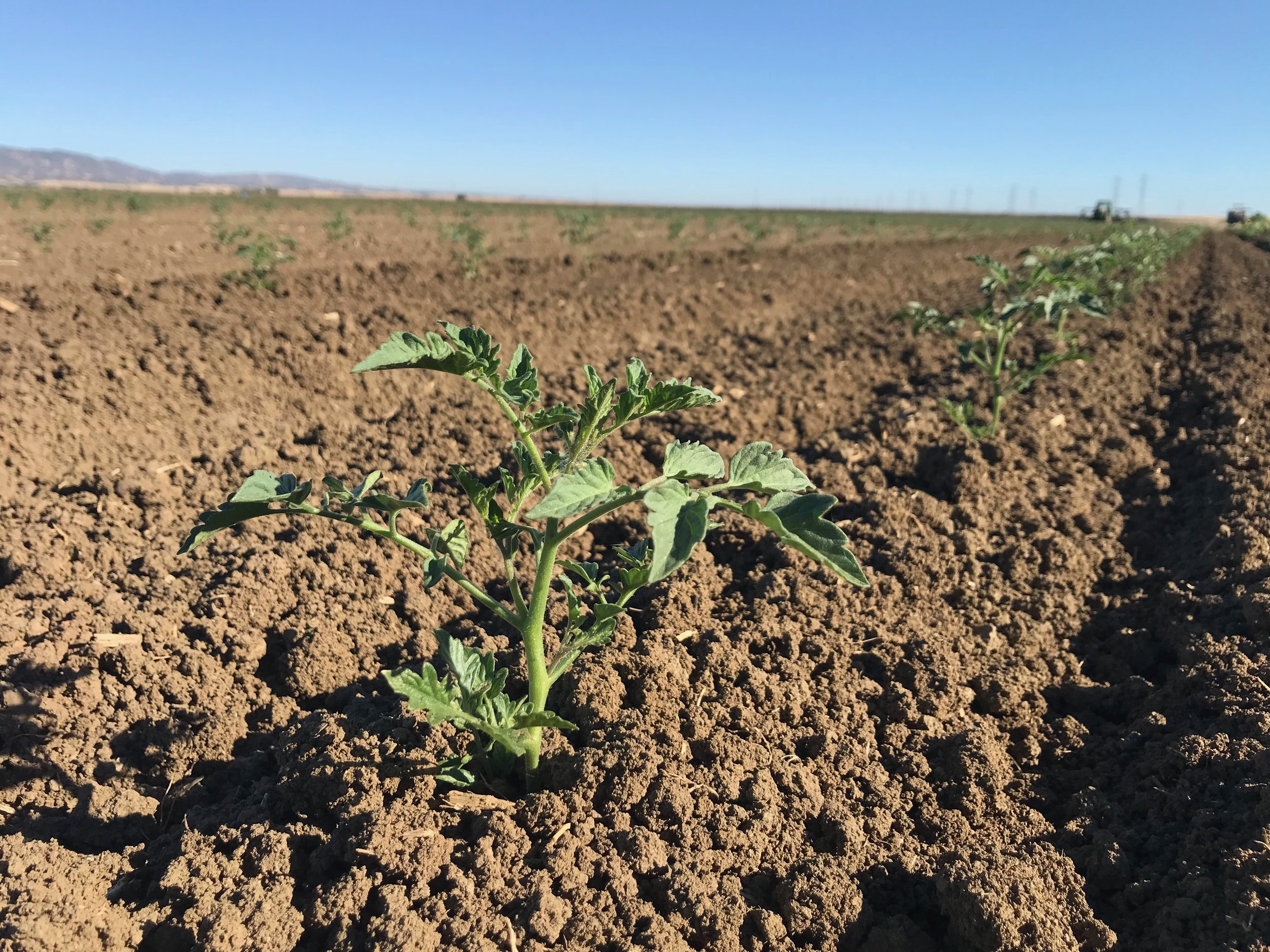Hungry Hollow Happenings: August 2024
Let’s see if third try is the charm for this newsletter. The first was written in June (way back when), but before I knew it the month was over. I tweaked it (take two) for July, blinked, and now here we are in August (how?!) giving it another go. The end of spring and beginning (and now middle) of summer whooshed by and I’m a bit aghast to be turning the calendar into the heat of August.
July was a record-breaking month of a heat spell for us in Yolo County. We’re used to triple digit summer temperatures, but not for this long of a stretch (or this high of temps!). We had several weeks of daily highs climbing towards (or above) 110. The average temperature for the month of July was 100, with some days experiencing 8-9 hrs of 100+ degrees. We were treated with a few blissfully cooler days at the end of the month, but now we are back up into the100s as we usher in August.
Through that heat, we’ve been harvesting tomatoes for about 65 days now! We both can’t believe it’s been that long and are also sure it’s been longer (shouldn’t the season be almost over by now?). When I started the first draft of this letter (back in June), we were still finishing up transplanting – a task that feels so very far away now.
We planted 6 successions of cherry tomatoes this year. Although we grow mainly indeterminate varieties (they produce fruit for an “indeterminate” amount of time), the yield we get from the plants tapers off as time goes on. In addition to producing less, the quality of the fruit (and ease of harvest) also dwindles as the plants mature. So, to ensure that we can have a steady, high quality, harvest throughout the summer season, we plant multiple successions. This allows us the ability to move on from one planting as it ages and go into a younger, more robust, planting. The harvest period will overlap between successions, so we’re generally always harvesting from at least two successions at a time. Right now, we are harvesting from our first, second, and third plantings. As soon as the fourth planting comes on strong, we will move away from the first planting and focus on the second, third, and fourth. We will keep on like this until the end of October, when our last plantings eventually give out to the shorter days, cooler temps, and first frost (hard to imagine a frost right now!).
The plants (and us people) struggle with the heat. Prolonged high heat can trigger and/or exacerbate certain disease, pest, or genetic issues in plants. Plants, like people, become more susceptible to negative external factors and don’t blossom their brightest when they’re under intense stress. So, we do our best to combat the stressors that we have some control over.
We always keep a close eye on our plants, but during times of high heat stress we put an extra emphasis on irrigation and pest management to help keep the plants’ defenses up. We also closely monitor the plants’ fertility/nutrition with the idea that if they’re well-fed they’ll still set and develop nice fruit despite the heat. In addition to succumbing to diseases and pest pressure more easily, when temperatures stay too high – above 95 – for too long, plants tend to drop flowers and fruit, and can even stop producing flowers and fruit altogether. Proper nutritional balances can also help the plants defend themselves against pest and disease pressure. All these things we do can seem like small details, but they add up! Meanwhile, we hope the heat takes another break soon – we sure are ready for one!
While we’re busy monitoring the plants’ health, we also emphasize taking care of each other! Just like the plants, we need to make sure everyone stays safe and healthy in the heat (and always). Working outside comes with many challenges, but we do what we can to make things comfortable for our employees (we always try to take the “work” out of work, where we can!). This involves designing our harvest equipment with comfort in mind (conveyor belts, shade cloth, good ergonomics, etc.), planning our tomato fields to make them easier to navigate (carving paths out between the staked tomatoes so there are shorter distances to walk while carrying full boxes of tomatoes to the transportation trailers), and providing rest and break areas at all work sites (that one’s a given). We make sure everyone has access to shade and cool water and are taking breaks more frequently when temperatures rise. To top it off, all field employees are sent home when the temperatures reach that 95-100 zone (if this happens before their shifts would end, they’re still paid for the full day). We can adjust schedules a little to work around the heat by starting earlier, but this past month we’ve had days where it hits 100 before noon.
Luckily, our packing house is air conditioned, so our bustling packing team is able to work comfortably throughout the day. Good thing, as we’ve got lots of cherry tomato medleys to mix, heirloom and roma tomatoes to pack, watermelon to weigh, and now honeynut squash to sort! We also dabbled in onions this year, but just finished off the last of them – phew! Needless to say, the packing/shipping/receiving team has been busy. Oh, and yes, you read that right – winter squash in August! How crazy is that?
Many of our crops have been early this year, which on the one hand is good (it’s always nice to get in early markets), but on the other hand, it is giving us a lot to keep track of! We’re also needing to juggle the equipment around (the picking bands are a little cumbersome to move, and we need them for both watermelon and squash, which are in two different fields), plan out harvest days so we have available crews, and make use of every square inch of our packing area and cooler.
With all the hustle and bustle of daily harvests and packing activities, with the worries of extreme heat and climate concerns, with the seemingly never ending lists of to-dos, fields to scout, crops to cultivate, pests to manage, plant diseases to diagnose, equipment to repair, sales to worry over…it is important to stop and take a look around; to remember that summer is fleeting, and to enjoy what we have, right now, while it’s here.
The later plantings of tomatoes are covered in blossoms, despite the heat – a promise of beautiful juicy fruits to deck our tables (and appetites) with as the summer goes on. The skyways are full of dragonflies – a sight we don’t see every year. Although it’s been hot and dry, we have a good supply of water – a gift from seasons past. The temperatures do still dip (most days) into the 60s overnight – an offering of dew and relief in the wee morning hours. Our team is lively – full of ideas and inspiration, each of us bringing our best every day. The watermelon are refreshing and sweet – a perfect pick-me-upon these hot summer days. While some days we may long for summer’s end, I know we’ll miss it when it goes.
And, so, I’ll end this letter with a call to action: Savor the summer! Don’t let our hard work be in vain: Eat the tomatoes, eat all the tomatoes! Cut open the watermelon; share it with friends! Enjoy the sunshine, hot as it may be, and take a moment to slow down. We’ll try to do the same.
There is such a thing as “too many” blossoms, but for the moment we’re just enjoying the beauty…
Recipes We’re Loving:
We all play a role in “quality control,” meaning we have to taste the fruit as we monitor the fields and as it comes in to be packed. This doesn’t dampen our appetite for tomatoes and watermelon after hours, though (most of the time)!
cherry tomatoes and garlic ready for roasting
There’s no bad way to eat or prepare a Durst Organic Growers tomato. Most people on the farm prefer the cherry tomatoes fresh, but you really can’t go wrong with roasting them. Even on a very hot day, I will roast tomatoes - that is how much I love them. It brings out some depth of flavor and makes the tomatoes so much more versatile. Slow roast a batch and save them for a rainy day (or use them right away, like I do; but save the oil!). They’re also great sautéed in a hot pan on the stove top - I like to add them in with other vegetables (potatoes) or proteins, or do a panful on their own to make a quick pasta sauce. Just the other night, I cooked some chicken on the stove top, pulled the chicken out of the pan and dropped a handful of sungolds into the hot leftover chicken fat. I sautéed them until they blistered and cooked down just a hint and then ate them alongside the chicken - easy and delicious.
If you don’t share my affinity for roasted tomatoes (or just don’t want to turn on the oven, I get it…) there are so many great summer salads! This peach and cherry tomato salad is particularly lovely right now with all the beautiful peaches available. As is this fresh corn and tomato salad.
fresh corn and tomato salad
As for the watermelon, the best way to eat it is with friends and family. Simply slice up some wedges and watch them disappear. Maybe try sprinkling a little sumac and salt on the watermelon? Can’t go wrong with just cutting it in half and diving in with a spoon, solo, though. If you want to get a little more involved, this simple watermelon and feta salad is great. Try juicing the watermelon; or, an excellent cure for a hot afternoon is making a watermelon slushy.
Have you seen our roma tomatoes in stores this year? They make a delicious sauce. Especially if you use this Tomato Sauce with Butter and Onions recipe from Marcella Hazan:
2 pounds fresh, ripe, tomatoes blanched by plunging in boiling water for about 1 minute; once cool, peel skins and coarsely chop or crush with your hands
5 tablespoons butter
1 medium onion, peeled and cut in half
Salt to taste
In a saucepan over medium-low heat, add all ingredients. Bring to a gentle simmer and adjust heat to keep at a slow and steady simmer, uncovered, for about 45 minutes. This may take longer, or shorter, depending on how you like your sauce and/or how much liquid the tomatoes release, and the size/type of pan you are using (mine usually takes a little longer). Occasionally stir as the sauce cooks, using the back of the spoon to crush the tomatoes as they break down.
Taste and add salt, if needed. You can remove the onion or keep it in (I like to leave it in), and either leave the sauce coarse or use an immersion blender (or standing blender/food processor) to puree until smooth (I like to blend mine with the onion for a smooth texture). Toss with pasta and enjoy (I usually add in about 1/4 cup freshly grated parmesan and a splash of the pasta water as I toss in the pasta)!















